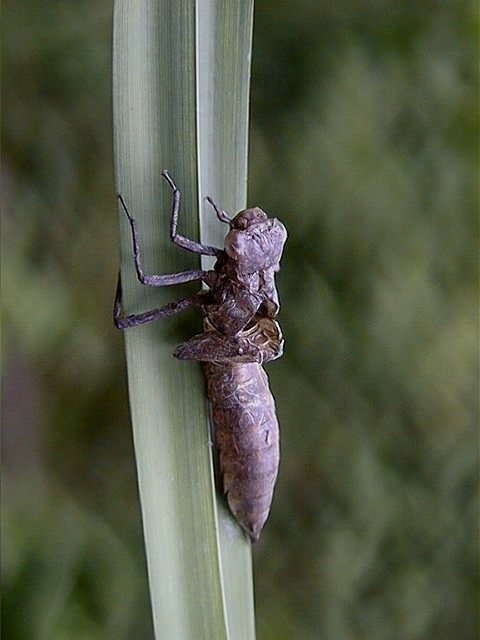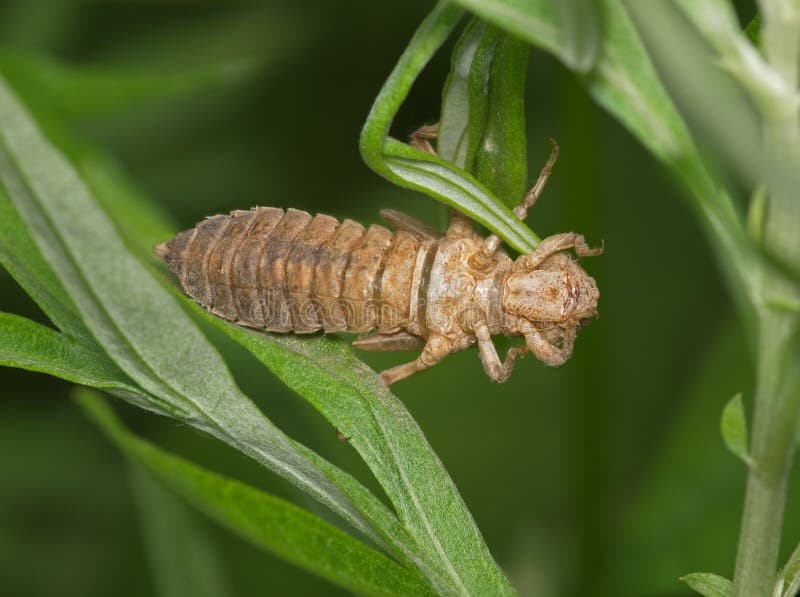

Among anti-predator defenses, morphological defenses such as spines and spikes have been at the center of interest for decades. Less well studied is the diversification of anti-predator traits across lineages, but see e.g. showed that morphological diversification stemmed from several independent events across islands resulting into convergent phenotypes. For example, by mapping body morphology of Anolis lizards on a phylogeny, Losos et al. By mapping trait differences between populations on a phylogeny, an understanding of the rate and variation of such diversification can be achieved. Phylogeography, the study of geographic distribution of genetic lineages, is a useful approach to understand processes that have resulted into phenotypic differentiation amongst populations. Such variation could occur at larger geographical scales, and a good understanding of the geographical variation in morphological traits that defends against predators will contribute to a thorough understanding on how trait diversification evolves. Thus, differences in predator abundance and occurrence are predicted to result in variation in anti-predator morphological expression among and within prey species. Because many morphological anti-predator traits are costly to produce, express and maintain, net differences between antipredator trait costs and benefits only turn positive in the presence of predators. Prey species have evolved a richness of highly effective morphological anti-predators traits to avoid and repel predators. Predators represent a strong selective force, with abundance and type of predators showing strong variation across environments.

Spatial environmental variation act as a major source of divergent natural selection resulting in phenotypic diversification within species and given enough time, might result in speciation.

The funders had no role in study design, data collection and analysis, decision to publish, or preparation of the manuscript.Ĭompeting interests: The authors have declared that no competing interests exist. įunding: This work was supported by The Swedish Research Council and the Uppsala Multidisciplinary Center for Advanced Computational Science (UPPMAX) under Project SNIC b2015095 to Dr. This is an open access article distributed under the terms of the Creative Commons Attribution License, which permits unrestricted use, distribution, and reproduction in any medium, provided the original author and source are credited.ĭata Availability: The data can be found at. Received: FebruAccepted: AugPublished: September 13, 2017Ĭopyright: © 2017 Johansson et al. PLoS ONE 12(9):Įditor: Tzen-Yuh Chiang, National Cheng Kung University, TAIWAN The role of predators in shaping the morphological differences among the sampled localities is discussed.Ĭitation: Johansson F, Halvarsson P, Mikolajewski DJ, Höglund J (2017) Phylogeography and larval spine length of the dragonfly Leucorhinia dubia in Europe. A phylogeny based on SNP data suggests that short larval spines is the ancestral stage in the localities sampled in this study, and that long spines have evolved in the Fenno-Scandian clade. Results show that larvae from northern Europe (Sweden and Finland) had significantly longer larval spines compared to larvae from western and central Europe. Larvae were raised in a common garden laboratory experiment in the absence of fish predators. We studied geographical variation in larval spine length of the dragonfly Leucorrhinia dubia across Western Europe using a phylogenetic approach. Abdominal larval spines in dragonfly larvae provide protection against fish predators. Hence, we expect variation in traits that protect against predators to vary over geographical areas where predators vary in past and present abundance. Presence or absence of predators selects for different kind of morphologies.


 0 kommentar(er)
0 kommentar(er)
